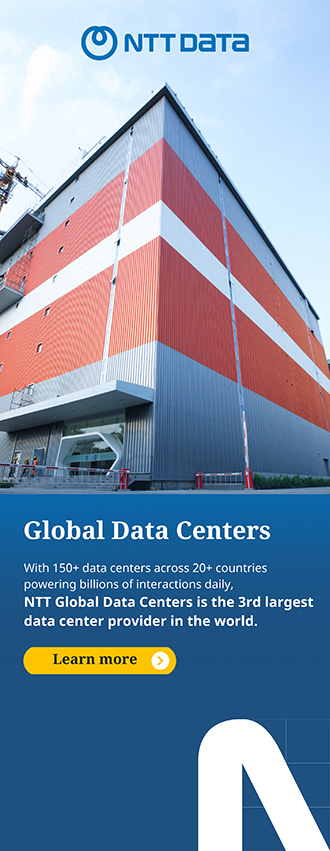I decided to try out the Google Gemini AI system by asking it to write about resilience challenges for the Internet. On reading this rendering, I think we have done a lot to mitigate many of the risks mentioned (e.g., back up power sources, increasingly resilient optical fiber network designs) but there is clearly more work to be done. I note, in passing, that the Marconi Society (marconisociety.org) has launched an Internet Resilience Institute on this very topic. Herewith is the Gemini contribution.
The Internet, an omnipresent force in the 21st century, has woven itself into the fabric of our daily lives, economies, and even critical infrastructure. From the trivialities of social media to the complexities of global finance and the management of essential services, our reliance on this vast network is unprecedented. However, this digital titan, despite its appearance of robust ubiquity, is a complex ecosystem containing intricate dependencies and single points of failure. Achieving true Internet resilience requires a stark acknowledgment of these vulnerabilities, from its foundational reliance on the electrical grid and its layered architecture to the institutional dynamics and the ever-present threat of malicious attacks.
Perhaps the most fundamental dependency is the Internet’s reliance on the electrical grid. Every server, router, modem, and end-user device that constitutes and accesses the Internet requires a consistent power supply. A significant disruption to the grid translates directly into an Internet outage. This relationship is becoming increasingly reciprocal. Modern electrical grids are themselves evolving into “smart grids” and leveraging Internet connectivity for real-time monitoring, control, load balancing, and communication. This setup creates a potential feedback loop: An Internet outage could hamper grid operations, and a grid failure cripples the Internet. This co-dependency represents a systemic vulnerability, where failure in one domain can initiate a cascading collapse in the other and multiply the societal impact.

Our daily existence is now inextricably tethered to the Internet’s constant availability. Communication, commerce, education, healthcare, and entertainment are predominantly mediated through online platforms and myriad applications on our mobile devices. The COVID-19 pandemic further accelerated this dependence, normalizing remote work, virtual learning, and telehealth. Consequently, Internet outages are no longer mere inconveniences but can paralyze economies, disrupt essential services, and isolate individuals. The lack of readily available analog alternatives for many critical functions means that when the Internet falters, significant aspects of societal operations can grind to a halt, which highlights a worrisome societal single point of failure.
ABOUT THE AUTHOR
Dr. Vinton G. Cerf is Vice President and Chief Internet Evangelist for Google. Widely known as one of the “Fathers of the Internet,” Cerf is the co-designer of the TCP/IP protocols and the architecture of the Internet. For his pioneering work in this field as well as for his inspired leadership, Cerf received the A.M. Turning Award, the highest honor in computer science, in 2004.
At Google, Cerf is responsible for identifying new enabling technologies to support the development of advanced, Internet-based products and services. Cerf is also Chairman of the Internet Ecosystem Innovation Committee (IEIC), which is an independent committee that promotes Internet diversity forming global Internet nexus points, and one of global industry leaders honored in the inaugural InterGlobix Magazine Titans List.
Cerf is former Senior Vice President of Technology Strategy for MCI Communications Corporation, where he was responsible for guiding corporate strategy development from the technical perspective. Previously, Cerf served as MCI’s Senior Vice President of Architecture and Technology, where he led a team of architects and engineers to design advanced networking frameworks, including Internet-based solutions for delivering a combination of data, information, voice, and video services for business and consumer use. He also previously served as Chairman of the Internet Corporation for Assigned Names and Numbers (ICANN), the group that oversees the Internet’s growth and expansion, and Founding President of the Internet Society.



